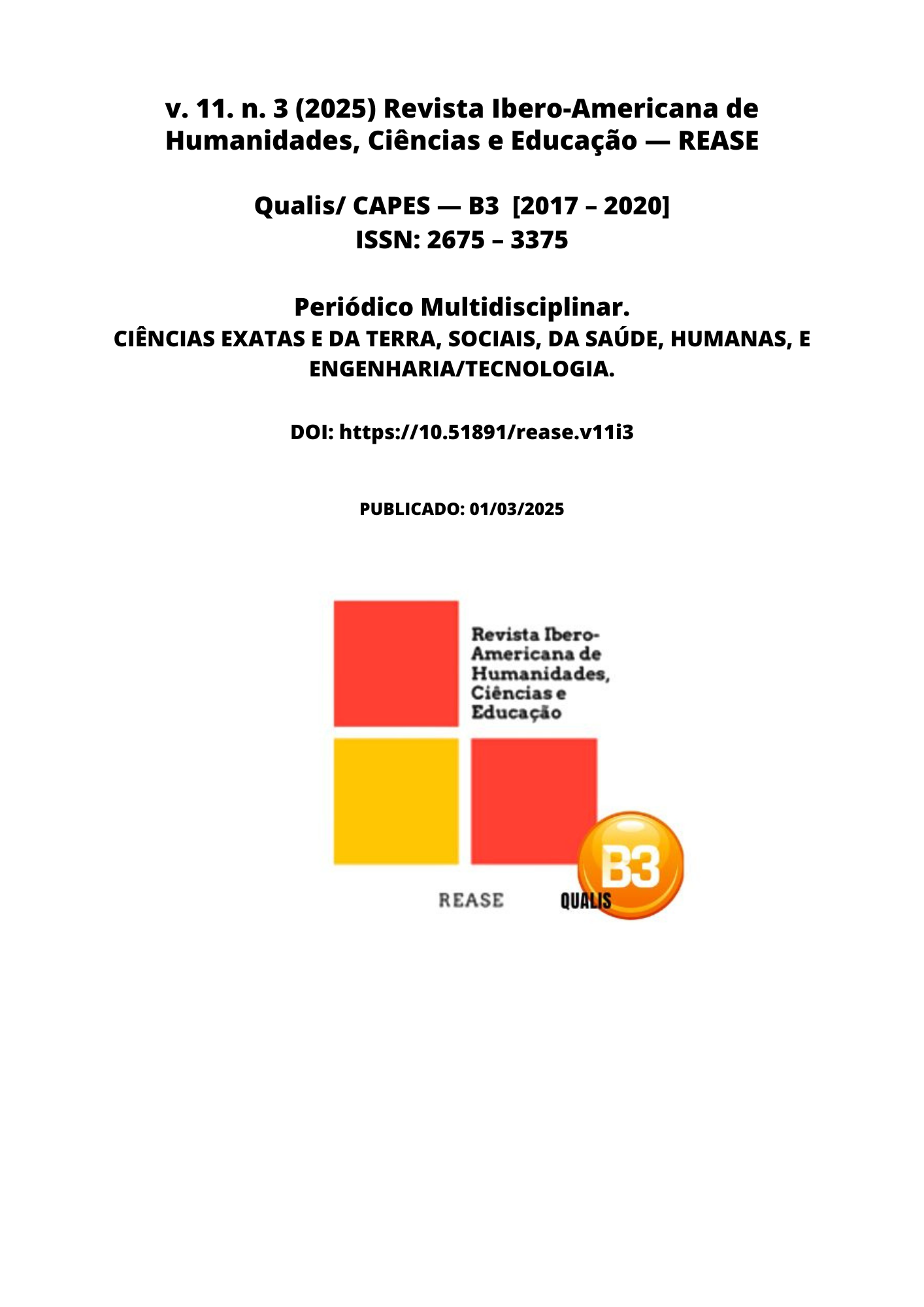ANALYSIS OF SHISTOSOMIASIS IN THE SOUTHEAST (2013-2023)
DOI:
https://doi.org/10.51891/rease.v11i3.18381Keywords:
Schistosoma mansoni. Health Profile. Brazil.Abstract
This epidemiological study analyzed schistosomiasis in the Southeast region of Brazil between 2013 and 2023, based on data from SINAN/DATASUS. The research employed a descriptive and retrospective approach, considering variables such as age group, sex, and disease progression. During the analyzed period, 33,853 cases were reported, resulting in a prevalence rate of 42.12 per 100,000 inhabitants. There was a 61.59% reduction in notifications over the decade, with the highest number of cases recorded in 2013. The age group of 20 to 39 years had the highest prevalence, and the intestinal clinical form was the most common. The state of Minas Gerais accounted for 73.80% of the cases. Despite the decline in notifications, the case fatality rate was 0.643%, with 218 recorded deaths. The high prevalence of the disease and its epidemiological profile highlight the need for more effective regional strategies for prevention and control.
Downloads
Downloads
Published
How to Cite
Issue
Section
Categories
License
Atribuição CC BY

